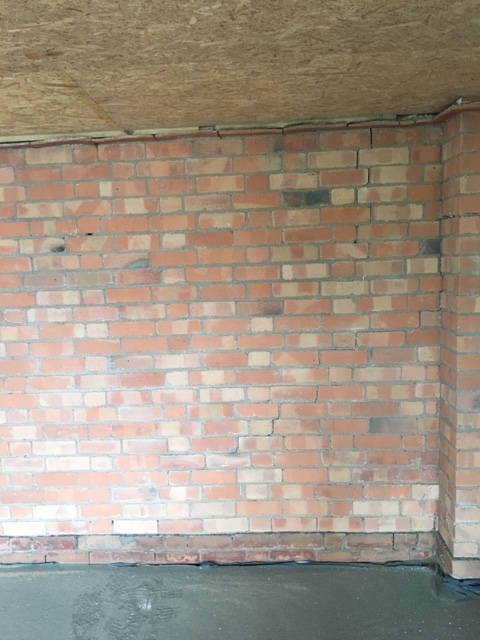DJ Cooper Building Conservation
Since 1989, customers have relied on DJ Cooper to clean a wide range of surfaces using a variety of methods.
This experience enables us to choose the most effective and gentle method needed to complete any given project cost effectively, with no damage to the substrate.
From  churches and listed buildings through to bus stops and private houses, contaminants have been removed from surfaces, some of which were extremely delicate, with perfect results and no damage.
As a small firm, you know that when you contact us, you will be speaking directly to someone with broad knowledge of old buildings and many years of experience in the construction industry.
If you would like to see samples for architect / client approval, just let us know. Whether your organisation is large or small, we are used to working alongside your architects, conservation officers and contractors to get the best possible result.
Our specialists clean:
- Masonry, Brickwork & Concrete
- Wood (Beams & Patios)
- Ferrous Metal & Some Non-Ferrous Metals
- Graffiti - promptly and carefully
- Smoke damage
- Paint
- Bird droppings
- Air pollution residues
- Organic matter (slime and moss)
- Grease

Sandblasting
Abrasive blasting, commonly referred to as 'Sandblasting', is the operation of forcibly propelling a stream of abrasive material against a surface under high pressure to smooth a rough surface, roughen a smooth surface, shape a surface, or remove surface contaminants.
Despite the common use of the term, it is illegal in the UK to use most forms of sand for abrasive blasting, as the fine dust particles which are created when the sand is projected at high speed, can cause silicosis – a potentially fatal lung disease.
With a wide choice of abrasive media available, the process can be fine tuned to suit the contamination to be removed and the surface from which it is to be cleaned. By choosing correctly and applying the process skilfully, excellent results can be achieved on a great variety of cleaning tasks.
There are several variants of the process, using various media; some are highly abrasive, whereas others are milder. The most abrasive are shot blasting (with metal shot) and sandblasting (with sand). Moderately abrasive variants include glass bead blasting (with glass beads) and plastic media blasting (PMB) with ground-up plastic stock or walnut shells and corncobs. Some of these substances can cause anaphylactic shock to both operators and passers by.[2] A mild version is sodablasting (with baking soda). In addition, there are alternatives that are barely abrasive or nonabrasive, such as ice blasting and dry-ice blasting.
Leominster is on the Black and White Trail which is a roughly forty mile circular tour of towns and villages where original 16th and 17th Century timber framed buildings are preserved and still enjoy daily use.
On a grander scale, Leominster Priory has been a place of gathering since the 7th century. There is a striking example of medieval justice here; imagine how the alleged witches must have felt when introduced to one of England’s last surviving ducking stools. There is also the Grade II listed timber framed market hall built by John Abel in 1633, Grange Court, which is still open to the public and gives a fascinating glimpse into the commerce of the day.
With historic buildings in and around the town, some national monuments, some still in use, owned privately or by the local council, we often find ourselves called on in the Leominster area to ensure that when the grime from traffic, bird fouling, general day to day soiling or even graffiti is removed from a treasured building, there is no damage to the often delicate stonework beneath.
From removal of old paint for a domestic redecoration project, or the intricate cleaning of stone work in a cathedral using the poultice method, you will find that wherever you are in Leominster or Herefordshire, you will get a quick response, highly competitive quotation and thorough cleaning from DJ Cooper. Our number is shown above, or if you prefer to send us an email, simply click in the header of any page.
